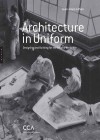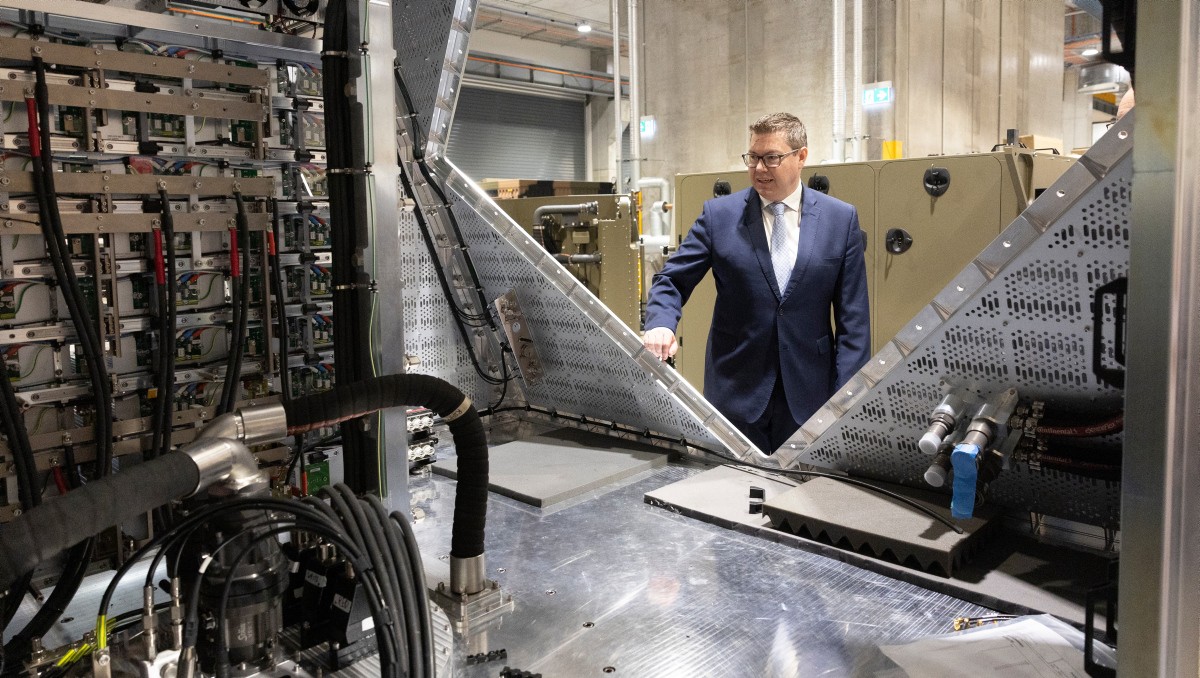Book Review - Architecture in Uniform: Designing and Building for the Second World War
Architecture in Uniform: Designing and Building for the Second World War
Written by: Jean-Louis Cohen,
Canadian Centre for Architecture in association with Yale University Press, New Haven, 2011,
ISBN 9782754105309, 447pp
Reviewed by: Professor Peter Stanley, University of New South Wales, Canberra
Design defines much of the essence of the Second World War. The distinctive appearance of Lancasters, Ju88s or Mustangs; of Panthers, Shermans and Jeeps; of the helmets of the combatant nations, German, American or Soviet, express the essence of the war as we know if from photographs, films and museum collections. This book examines some of its designs and those who created them, giving the Second World War its look. It specifically explores the buildings and other objects created by architects whose appearance is integral to the way we understand the war — V1 rockets, Flak towers, Nissen and Quonsett huts; the huge bunkers of the Atlantic wall. French architectural historian Jean-Louis Cohen created an exhibition at the Canadian Centre for Architecture, Montreal, in 2011. This, the vastly enlarged book of the exhibition, provides an illuminating examination of the role and significance of a broad range of the architectural and design professions in wartime Europe, North America and Japan.
Cohen argues that, as well as destroying great swathes of Europe and Asia, the Second World War provided an opportunity for the development of new architectural ideas, materials and techniques on an unprecedented scale. He demonstrates how many of the combatant nations employed architects as central producers of war economies and efforts. While the weapons made in their factories bombed enemy cities, architects planned new cities, from the vast green- field site of Oak Ridge, Tennessee (home of part of the Manhattan Project) to idealistic urban renewal in Britain to the vast new German cities planned by Albert Speer. In Britain and the United States (US) especially the need for new housing stimulated architects to experiment with modular, pre-fabricated or mobile housing, developing approaches that decisively changed urban architecture post-war.
Cohen’s range is exemplary, taking in wartime camouflage and air raid shelters, the creation of factories (underground and overground) flak towers, wartime exhibition design and information presentation; even the design of concentration and extermination camps. He shows how the stress of war stimulated a great fertility of creative and technical expertise in which designers and architects introduced new forms, materials and methods, often working under extreme stress. The scale of their enterprise is astonishing. In the US especially, the creation of huge manufacturing plants (some the size of small cities in themselves) demanded the development and introduction of materials and methods impossible a decade earlier. One of these plants — the Pentagon — remains at the core of the US’ military-industrial complex. In all this architects were central. All the combatant powers employed them — in the US Navy’s Seebees (CBs — Construction Battalions) there were over a thousand, and they took full advantage of the opportunities the war brought to make as well as break the material world.
The book’s focus is thematic, enabling Cohen to make comparisons between national approaches to common problems and needs — comparisons of factories in the US and Germany and war memorials in several belligerent nations are particularly illuminating. But the approach limits Cohen’s ability to explore the distinctive national approaches. It remains a source of wonder why Germany, arguably the most restricted nation intellectually, produced perhaps the most innovative and attractive designs of aircraft, vehicles and weapons such as the V1.
While Cohen’s scope appears uneven — he deals with the Bailey bridge but not the vehicles that used it; with aerodromes and anti-aircraft emplacements but not aircraft — Architecture in Uniform remains a highly informative and often striking book. Some of his subjects strain the theme: for example, a fascinating section deals with Norman Bel Geddes’s vast collection of silver miniature ships, enabling him to recreate the battle of Midway for Life Magazine, though what this adds to the understanding of wartime design is unclear. Other seemingly irrelevant subjects turn out to be highly pertinent. The celebrated court at Nuremberg, for instance, was not fitted out haphazardly, but was carefully designed by an architect (admittedly, a landscape architect) assisted by no fewer than 30 designers, creating the scene of one of the war’s most profound legal dramas.
Arising from an exhibition, Architecture in Uniform reflects its origins in both its numerous short sections, highly readable though precluding much detail, and its many high quality images, often of actual objects. Despite its sometimes esoteric prose and screeds of close-set references, Architecture in Uniform is an absorbing book which can be appreciated at several levels. The range and quality of its hundreds of illustrations, many in colour, alone make it a rewarding book. In detail, it raises questions about how a profession was used, but also how it used the war to advance its imagination and its production. Cohen makes no reference to Australia: what effect did Australian architects have on its war effort, and how did the war enable them to imagine and create?



